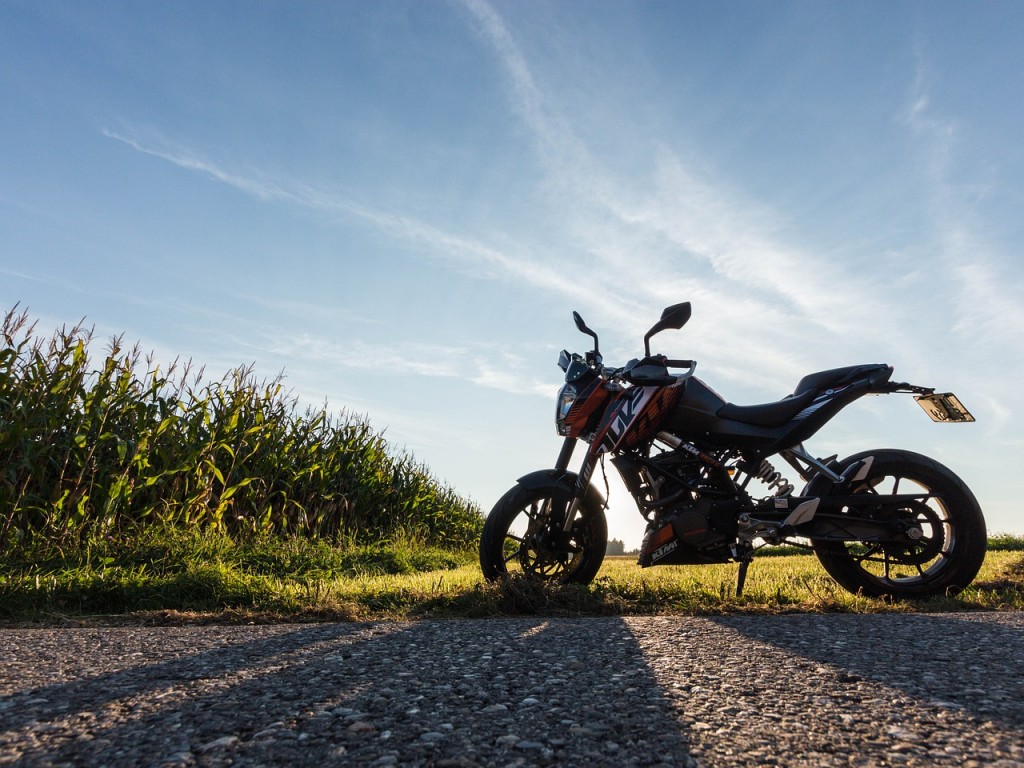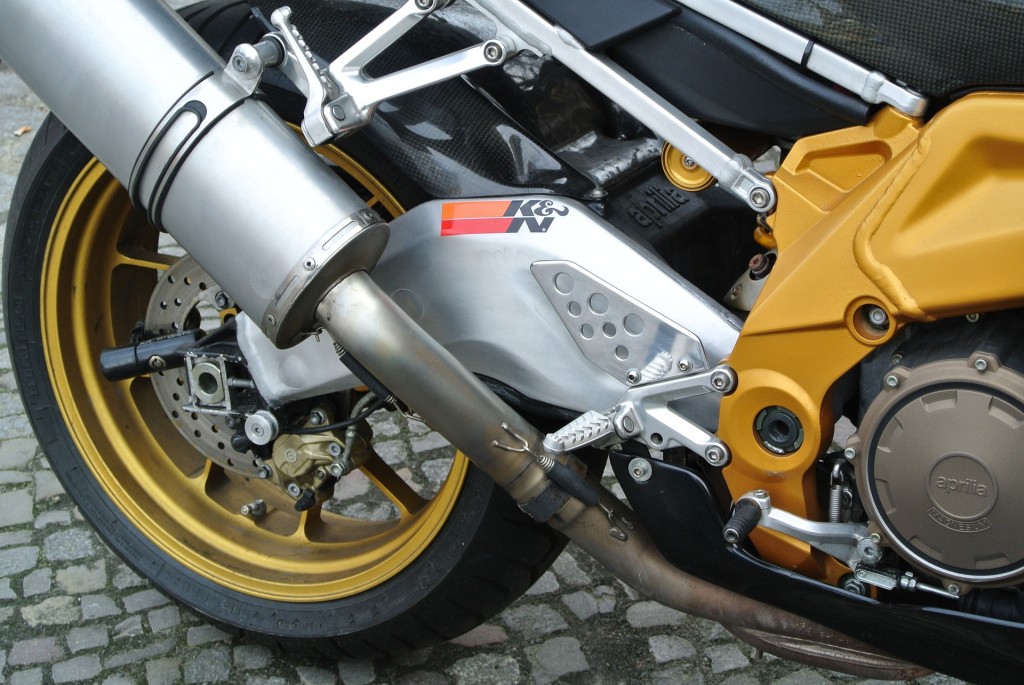Finding the right motorcycle coverage can be a hassle. With all of the options and agencies vying for your business, how can you tell which one is right for you?
By the end of this blog, you will understand the types of motorcycle insurance policies available, and what that general cost to you will look like. Plus, you will be armed with specific information to help you make an educated decision.
Rider Demographics
Before you can choose the coverage level and price that’s right for you, understand that several factors determine the cost of coverage. A rider’s cost for coverage may be determined by:
- Age – drivers under 25 or over 65 typically pay more for insurance because these drivers present more dangers on the road and therefore are considered higher risk.
- Address or Residence
- Driving Record
- Credit History
- Type of Bike
Insurance rates vary by states. Value Penguin has a breakdown of the average motorcycle insurance rates by state in 2017, as well as the most common types of claims submitted.
Types of Coverage
In addition to personal demographics, insurance rates are determined by the level of coverage you choose. To choose the coverage type that’s right for you, you must first understand what each level of coverage means.
For a more in-depth discussion of insurance coverage types, read this motorcycle insurance guide by NerdWallet. To understand motorcycle vs car insurance coverage read this guide. Here is a basic breakdown of coverage types:
- Collision insurance pays for your repairs if you are in an accident, minus the cost of your deduction
- Comprehensive insurance helps to pay for your vehicle if it is damaged or stolen
- Medical Payment coverage helps to pay medical bills if yourself of a passenger is injured in an accident
- Personal Injury protection helps to pay medical bills if yourself, a passenger or a pedestrian is injured.
According to Financial Web, the average cost of least liability insurance is between $100 and $400 a year, but remember, rates may be higher or lower for you depending on your demographics and the level of coverage you choose.
Getting a Good Quote
These days, you can get a quote online for any level or type of vehicle coverage. Shop around and compare prices to help you find the best rate. Progressive Auto insurance lets shoppers compare their rates to the rates of other leading insurance companies, which helps you find the best quote.
However, if you don’t want to rely directly on an insurance company for your quote, Upside Insurance (www.upsideinsurancegreenville.com) says to try a third-party broker, like NerdWallet, or a local agent to get quotes from more than 60 insurance companies. Ultimately, even if you find a great quote online, still call an agent directly to see what types of deals they may have to offer. You could potentially be eligible for local discounts that may not be found online.
Now you are fully informed, so go confidently and drive safely!




